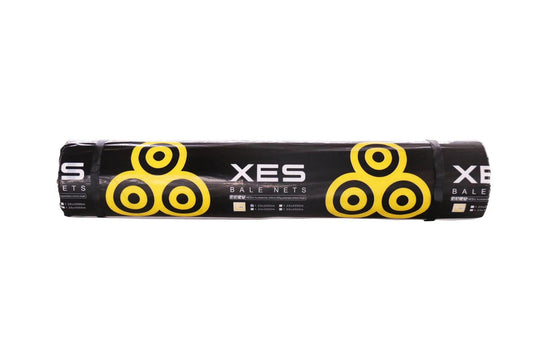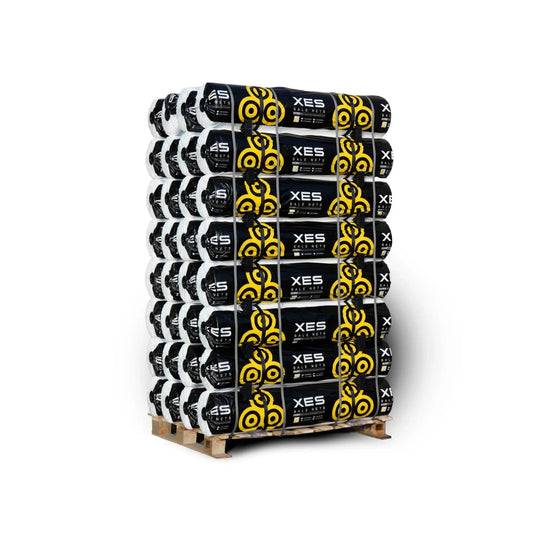Understanding the Significance of Storage Losses
When it comes to baled hay, storage losses can significantly affect both the quantity and quality of your harvest. Imagine storing your hay outside and experiencing a seemingly moderate storage loss of 10 percent. This can lead to a substantial decrease in available feed: for every 10 bales you harvest, you effectively have only 9 bales for feeding.
Investing in Hay Storage: A Wise Choice
Considering the profound impact of storage losses, directing resources towards hay storage solutions becomes a smart decision. It's essential to evaluate the comprehensive cost of producing and maintaining high-quality baled hay when weighing storage investment options.
Exploring Bale Storage Options
- Under Roof Storage: Offers protection against direct weather exposure, preserving hay quality and reducing storage losses.
- Outside Storage (Uncovered): A widely adopted method with risks of weather-related degradation. Moisture, mold, and other environmental threats can affect the quality.
- Outside Storage (Covered): Using tarps or covers, this method provides an added layer of protection against rain and sunlight.
- Bale Sleeve and Net Wrap: An effective strategy to shield bales from environmental factors, increasing their longevity.
- Plastic Wrap Protection: This technique forms a barrier against moisture, ensuring the nutritional value of hay remains intact.
Conclusion: Preserving Your Investment
Mitigating storage losses is paramount to maintain the quality and quantity of baled hay. Though the choice of storage may differ depending on individual circumstances, the essence remains: informed decisions about hay storage are crucial. With the right storage techniques, your hard work translates into high-quality hay for livestock or other purposes.


